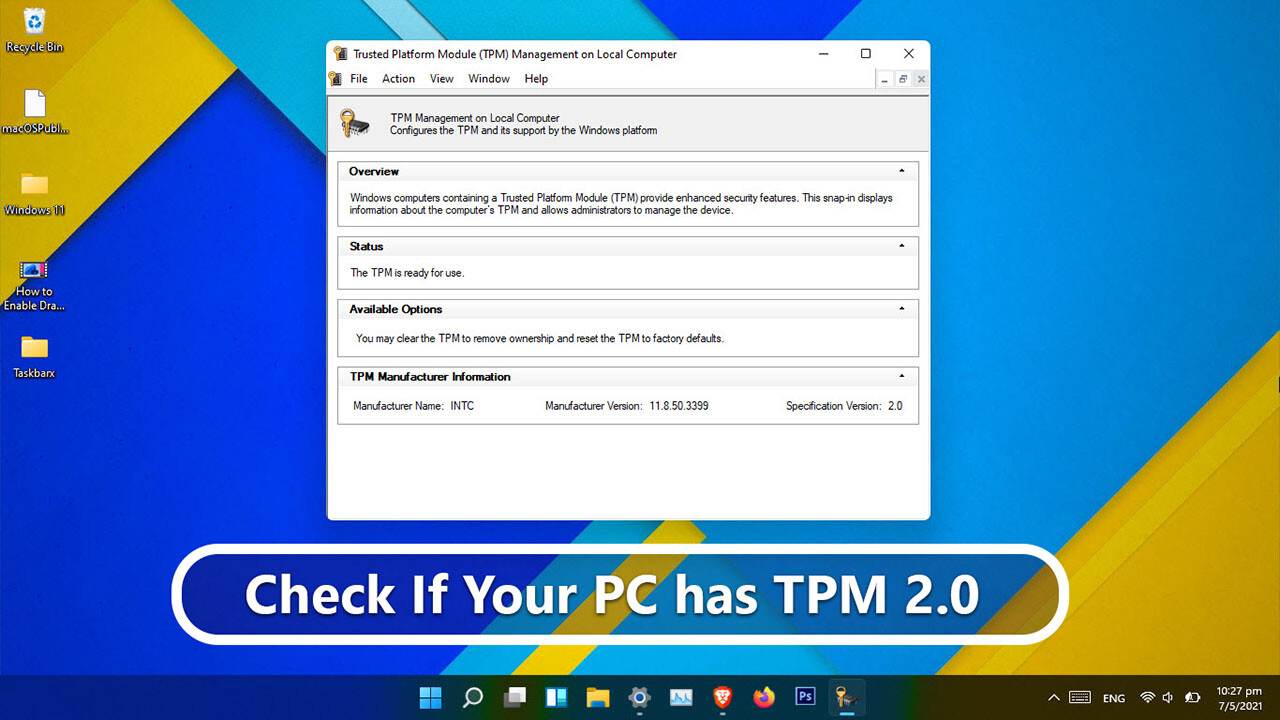

They are related to the S3 sleeping state of Advanced Configuration and Power Interface (ACPI) and can reset the TPMs. BitLeaker uses the TPM vulnerability, CVE-2018-6622 for a discrete TPM and related vulnerability for a firmware TPM. #BlackHat #BHEU2019 /GCJ3Wo2kUg- Seunghun Han December 6, 2019īitLeaker is a new tool for extracting the VMK and mounting a BitLocker-locked partition. 🙂 The presentation material and source code are published at and. If you have any doubts about this, let us know in the comment box below.My talk, BitLeaker, was over successfully! Thank you for attending. I hope this article helped you! Please share it with your friends also.

So, this guide is about enabling TPM in Windows 10 computers.

Similarly, you must press the ESC or F10 button to access UEFI mode on the HP computer. For example, I have to press the F2 button to access the UEFI/BIOS in ASUS Motherboard. You can even go to UEFI mode by pressing some dedicated keys when you boot your PC. Important: The TPM settings might vary according to the UEFI or BIOS. Next, select the Enabled option and press the Enter button. Select TPM 2.0 on the Current TPM device on the next page. Select the TPM Configuration option on the Boot Maintenance Manager.ĩ. Next, click on the Restart button as shown below.Ĩ. Click on the UEFI Firmware Settings option on the next page.ħ. On the next screen, click on the Advanced Option.Ħ. Next, click on the Troubleshoot option.Ħ.

This will reboot your PC and launch the Advanced Startup option. Click the Restart Now button behind the Advanced Startup on the right pane.ĥ. On the left pane, click on the Recovery tab below.Ĥ. On the Settings page, click on the Update & Security option.ģ.


 0 kommentar(er)
0 kommentar(er)
